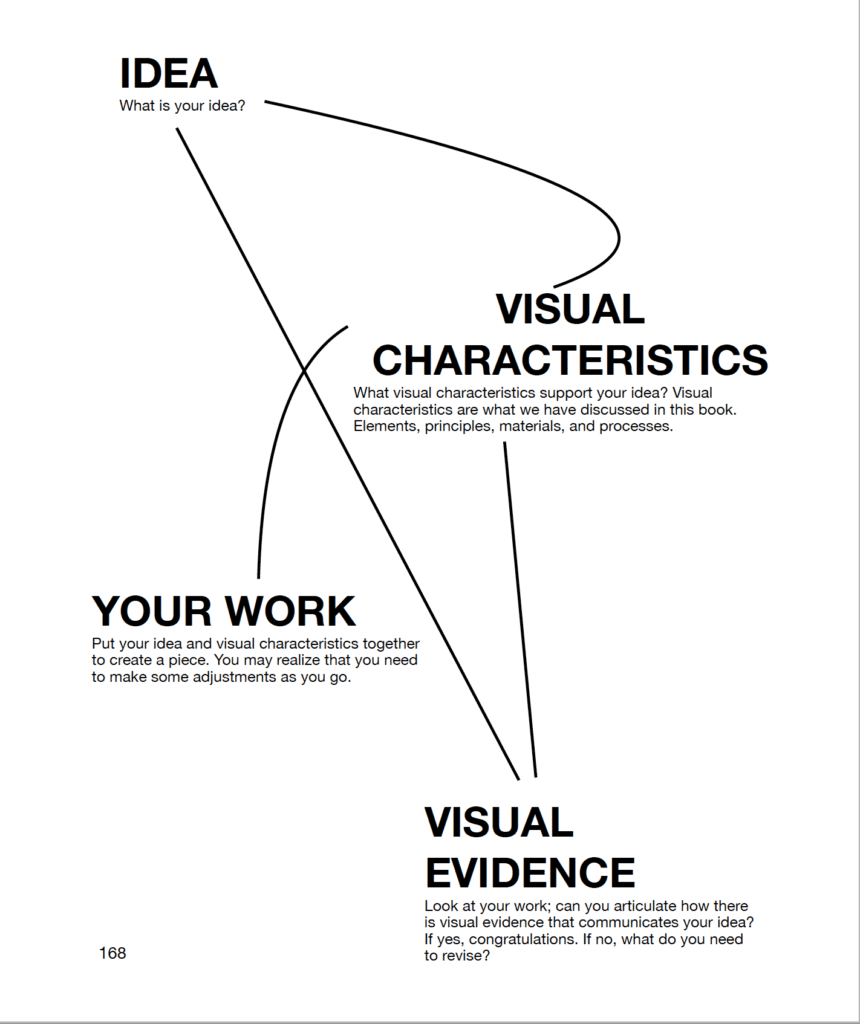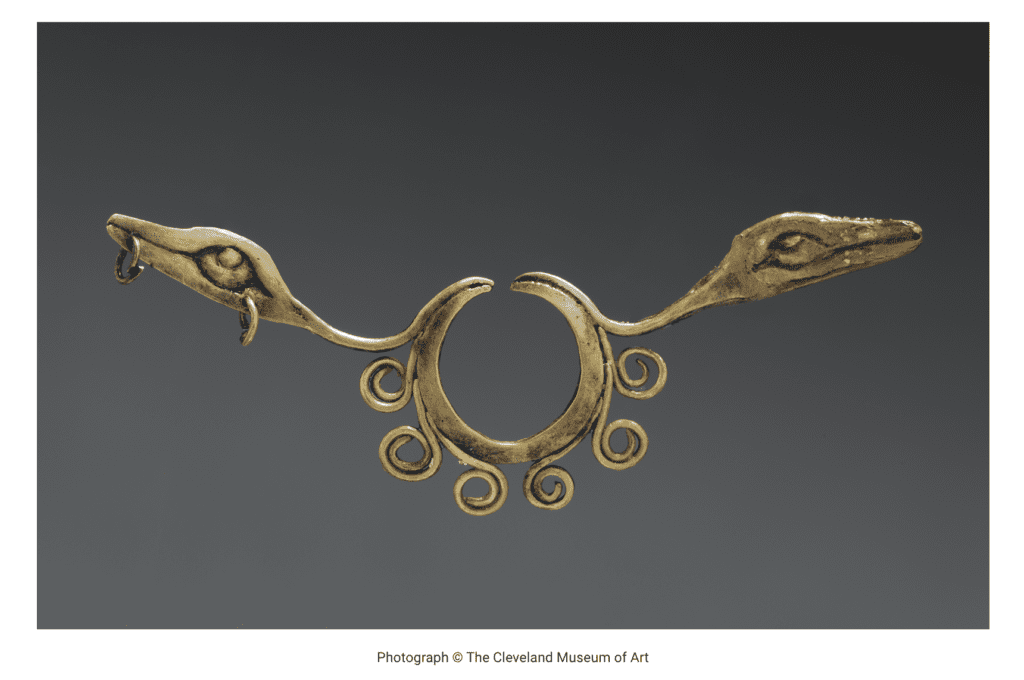Reading Art Without a Deep Meaning
The elements and principles of art make up part of the language that artists use to communicate meaning through their work. Artists use the elements and principles as organizational tools to create a composition.
As a viewer, your understanding of the elements and principles helps you “read” the work of art and unpack what story or message the artists might be trying to convey, but what happens when the artist isn’t trying to tell a story or communicate?
Artists create for a wide range of reasons:
- to create a functional object
- to design something that they consider beautiful
- to relax and enjoy the process of making
- to understand or reflect on the world around them
- to capture their surroundings
Why do you make art?
Why do you look at art?

How do you know if there’s an important and meaningful story behind a work of art or if the artists intentionally created something with no story or seemingly hidden message? The truth is, without additional research or information, you can never be 100% sure, but you can practice and become better at reading works of art.
What does the visual evidence tell you about the work?
Visual evidence is everything that you observe in the artwork.
- Elements and principles
- Materials
- Processes and techniques
Artists have used materials, processes, and techniques to demonstrate meaning throughout history. Art historians observe the materials, processes, and techniques that artists use to interpret the meaning of the work.
Materials and processes help to provide context for the work. An object made of gold is read as valuable and of great importance because gold is a limited and expensive natural resource. Homes with peeked roofs allow us to guess how much snow an area may get. Are most roofs flat, or do they have sharp pointy peeks?
Each material, process, or technique that you select has a history.
Reflect:
When you look at an object, imagine it can speak and has a story to tell because it does.
- What can the object tell you?
- What is the history of the object?
- What did the object see?
- What did the object experience?
- How has the object changed over time?
- How has each viewer’s context changed the thing?
Practice:

Look at the object.
What material do you think it is?
How do you think it was made?
Look at the shape; what does that tell you about the object?
In the image, the object is a piece of jewelry to be worn on the nose, made from hammered gold alloy.
In the image, the object is a piece of jewelry to be worn on the nose, made from hammered gold alloy.
Now that you know it’s made from gold [material] and understand how it was made [process], what does that tell you?
Since the nose ornament is made from an expensive material and is an elaborate design, you could hypothesize that it was a piece of jewelry created for and likely worn by someone of importance.
Context: Pieces like this would have been worn by high-ranking members of society to demonstrate social status and power.
Challenge
List as many materials as you can think of. Next, put the materials in order of importance by putting the one with the most value at the top. Finally, look at all of the objects around you, and see how your understanding of the value of material changes your view of the objects.